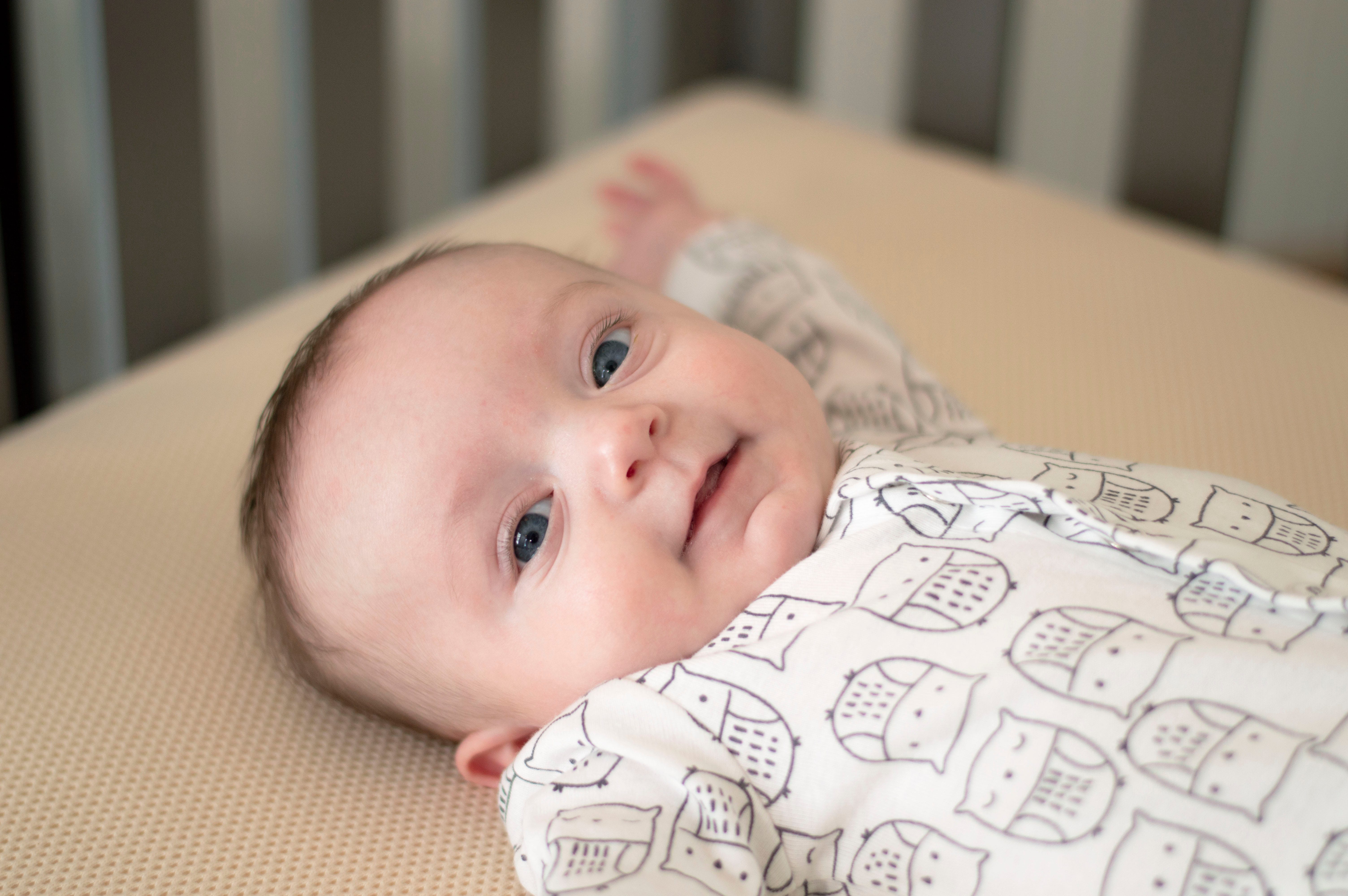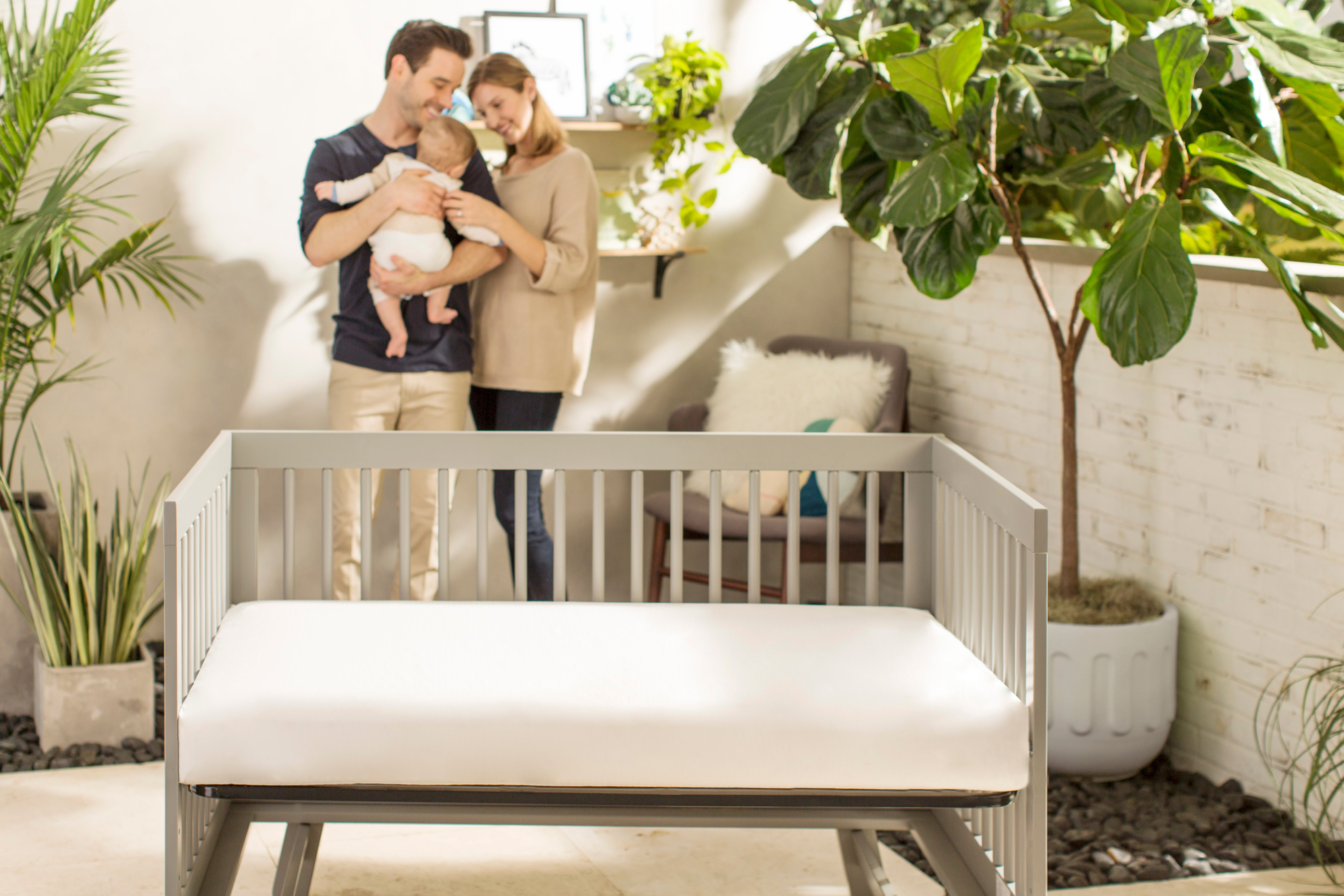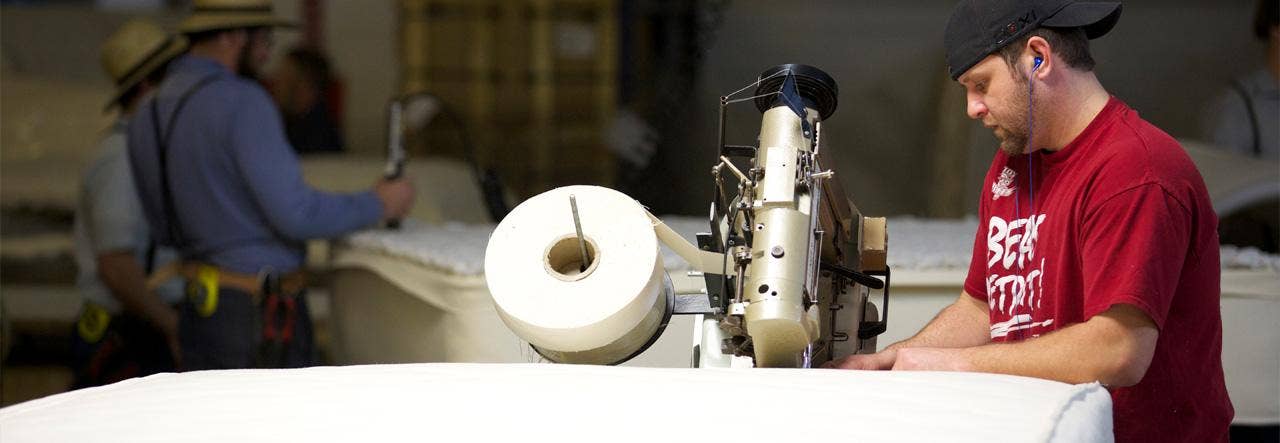As a parent, you want the best for your children. When you lay your baby in their crib or tuck your child into bed, you need to know they are safe. From ensuring the safety of their car seat, to making sure the food they eat and the clothes they wear are of the best quality, we know that providing your child trustworthy products is critical.
Unfortunately, for the conscious parent, there are hidden chemicals lurking in several consumer products, which not only post a threat to their health, but their overall development. Phthalates (pronounced “THAL-ates” or \ ˈtha-ˌlāts) are chemical compounds used by manufacturers to improve the strength and flexibility of their plastics. Sadly, phthalates are considered “everywhere” chemicals because they are so prevalent in consumer goods. In fact, these chemicals are so common that they are found in products like toys, vinyl flooring, wall covering, detergents, food packaging, pharmaceuticals, and personal care products, like aftershave lotions, soaps, and even shampoo. And yes, child size mattresses.
Why are Phthalates Bad?
If these chemicals are so prevalent, a concerned parent might wonder: why are phthalates bad? Sadly, the risks phthalates pose to children can be significant. Studies conducted by Project TENDR (Targeting Environmental Neuro-Development Risks), a volunteer group of scientists, health professionals and child advocates, noted that phthalates increased a child’s risk of attention, learning, and behavioral disorders. In fact, the recently issued report revealed “the strongest associations have been found in childhood obesity, asthma, hyperactivity, emotional reactivity and other signs of attention deficit hyperactivity disorder, or ADHD.” (Sandee LaMotte, CNN)
While there are certain phthalates that are regulated by the FDA, there are many others that have not undergone study yet. Until then, certain manufacturers are known to move from one option to another. Every time a switch is made, it takes years of study to determine the safety and in that time, the exposure is not fully regulated.


Babies are in the most critical stages of respiratory, neurological, reproductive, and immune system development. During this time, they spend 10-16 hours a day sleeping in their beds where their bodies are supposed to recover and detoxify. However, in many instances, babies are unable to safely rest as many crib mattresses use a waterproofing mechanism that includes phthalates. There is no need to look under the bed before you turn off the lights because the danger might still be lurking in the mattress. What is the ‘boogey man’ hiding inside your child’s mattress?
For most mattress manufacturers, the solution to waterproofing is to cover the mattress with vinyl. But you can’t make vinyl without plasticizers, and phthalates are the plasticizers of choice for soft and flexible vinyl. In fact, the phthalate content in a child size mattress is typically between 30-40% of the vinyl content. The single most prominent source of phthalates in your child’s environment is likely the mattress they are sleeping on. This is dangerous to your baby, as phthalates off-gas from the vinyl on the surface of the mattress directly into the air a baby breathes, posing a risk for infants.
But babies need to sleep comfortably, and that comfort is achieved with a soft, clean, dry mattress. So, parents do need baby mattresses that are waterproof and easy to wipe down in order to maintain safe hygiene for the baby. Without waterproofing your baby’s mattress, their urine, drool, spilled milk, or even vomit will contaminate the fabric and seep inside the mattress.
What Can You Do?
Here at Naturepedic, we are parents, too, and these harmful chemicals have no place in your baby’s mattress. We have known about harmful chemicals and worked to invent better, safer, nontoxic alternatives to those offenders – phthalates included – never incorporating them into our products (starting with our crib mattresses). We are a company founded in science and our products are designed by environmental engineers. That is why (and how) we developed a safer alternative without compromising comfort for your child or the planet.


When designing our mattresses, the Naturepedic team turned to natural materials like sugarcane to replace the more common petroleum-based polyethylene. By using food-grade, non-GMO sugarcane polyethylene to waterproof our mattresses, we employed the use of a bioplastic. Bioplastics are derived from renewable resources, so while all plastics are not created equal, our manufacturing process uses only planet-friendly, health and safety focused components.
Rest assured, your child’s health and sleep safety are important to us. All our mattresses are certified by GOTS, MADE SAFE and GREENGUARD GOLD. So, not only do Naturepedic mattresses promote healthy sleep and development, but also protects the planet. Our mission is to eliminate harmful chemicals from your lives and in turn, make Naturepedic a leader of change and transparency in the industry.
At Naturepedic, change starts with a mattress.
To gain more knowledge and help us encourage better regulations for toxins in home and consumer goods, sign up for our newsletter. We promise to never share your information and only send you the most vital information regarding our products and the industry at large.
 BABY
BABY  KIDS
KIDS  ADULT
ADULT  LEARN
LEARN  STORES
STORES 